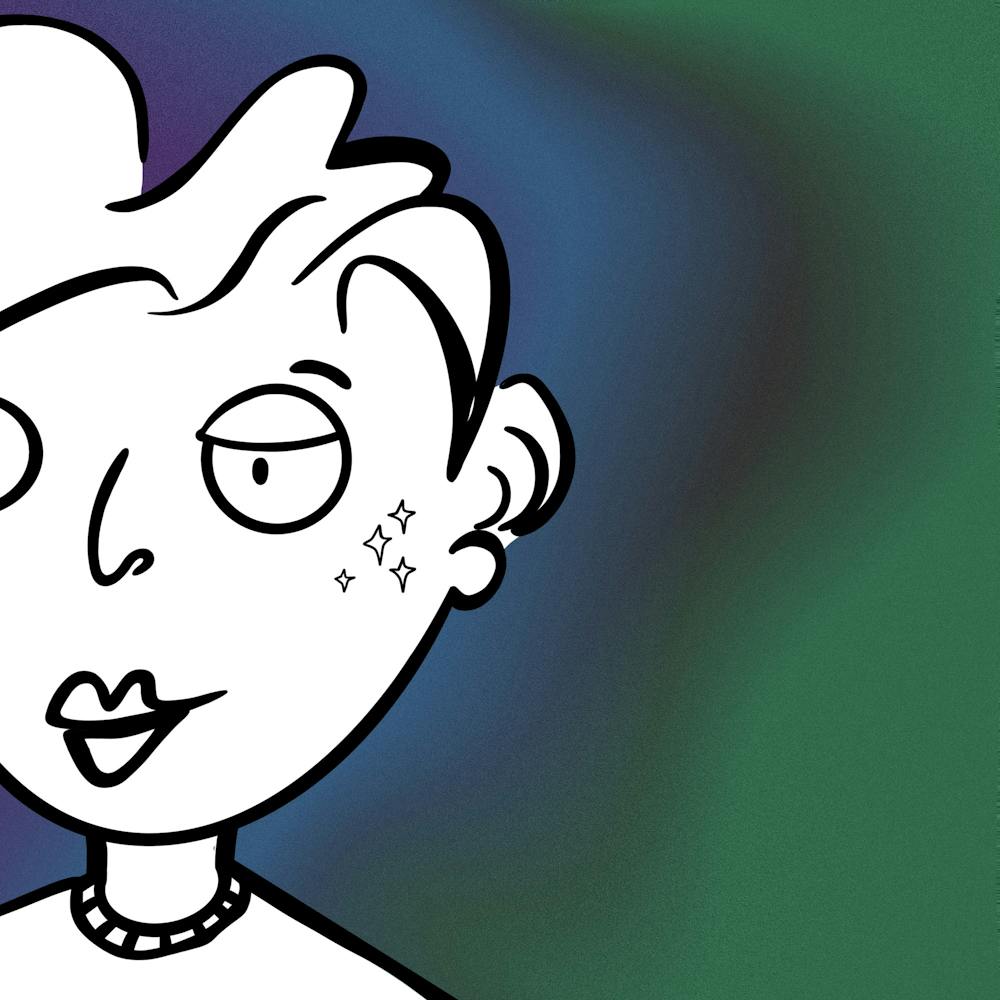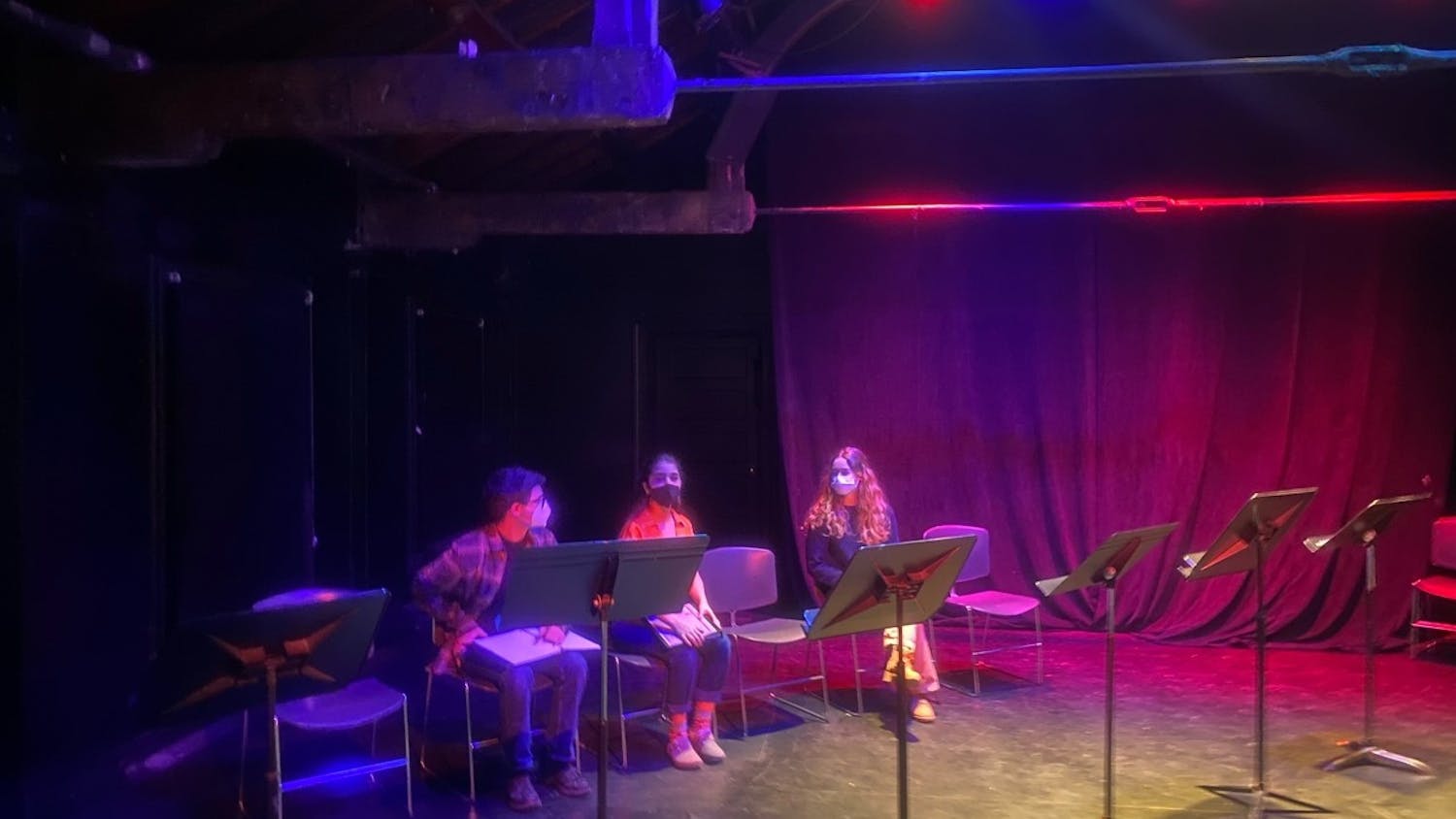Editor’s Note: This article contains spoilers through episode six of “Euphoria” season two.
“Euphoria” is a difficult show to watch. Seventeen-year-old girls overdose on heroin. Parents assault their children and sexually assault their children’s underage friends. Families are dysfunctional at best and downright dangerous at worst. There isn’t a single moral character on the show, at least from the main cast of high schoolers. But for all its drugs, violence, trauma and emotional torture, my eyes are glued to the screen.
“Euphoria’s” casting is immaculate. And rightfully so for a show built entirely around its cohort of high school students. The show goes to great lengths to cultivate and maintain its array of equally presented characters, despite having a protagonist narrator in Rue (Zendaya). Though Rue dictates the pace of the show, it is in her subjective narration that the show first reveals itself to be a show about unrealism.
Unlike many TV shows that feature a cast of characters, viewers of “Euphoria” can be fans of any single character and make a legitimate case for why they’re the protagonist. Clearly, Rue reigns supreme, yet in season two, “Euphoria” devotes whole episodes to Cal’s backstory (Eric Dane), the love triangle between Nate (Jacob Elordi), Maddy (Alex Demie) and Cassie (Sydney Sweeney) as well as to the budding relationship between Jules (Hunter Schafer) and Elliot (Dominic Fike) without much mention of Rue in-between.
To maintain balance in this cast of immensely emotionally-intense characters, the show goes to great lengths to align viewers with them. Nothing — besides the show’s cast — has garnered widespread attention quite like its jaw-dropping makeup and wardrobe display. These departments, spearheaded by Doniella Davy and Heidi Bivens respectively, are working in overdrive, each receiving Emmy nods for the show’s first season. With so many characters deeply entwined in the show’s plot, their screen time is divided. So, to align viewers with the characters, the show made flamboyant and conspicuous costumes and makeup decisions that enhance the show’s readability.
In one montage in which Cassie tries to draw the attention of her crush, Nate, Cassie arrives to school each day with a more laborious skincare routine, a more exaggerated face of makeup and a stylistically unique outfit. Normally, a viewer of a scene like this would question how Cassie has time to do all this skincare, to master all these makeup techniques overnight, to purchase a new outfit. One could imagine asking themselves: “Does no one else see her outfit right now?” The show even pokes fun at this in a scene in which Cassie’s dress is confused for part of the wardrobe for the play “Oklahoma.”
Yet in “Euphoria,” viewers don’t pay it any mind. To see Maddy blow out her birthday candles in a black slip Marc Jacobs dress with white ruffle trim and dangling “M” pins seemingly right off the runway feels entirely natural and goes unquestioned. Much like in a cartoon, a character’s emotional interior and external personality is expressed through their wardrobe, yet in as unsubtle a way as is possible. Cassie desperately seeks attention and validation from both Nate and her friends, so her outfits are among the most complex and theatrical. After a traumatic and disheartening season one, Jules’s hyper-pop, baby-doll aesthetic has been darkened, her hair cut to match Kurt Cobain’s grunge mentality and the light pinks and blues have been traded out for whites, soft hues and blacks. In all, the aesthetics of “Euphoria’s” characters are among the primary modes in which viewers can understand shifts in personality, viewpoint and mentality.
The show enhances this elaborate aesthetic with an even more elaborate lighting and cinematographic style. While season one coined the “Euphoria” style with its unique use of bright blues and purples, season two seems to soften the color and tone up the conspicuous through other avenues. Camera movements become more rapid and obvious, using quick zooms during dramatic scenes (especially during the season’s dramatic zenith in episode 5 in Cassie’s house) to draw viewers attention to reactions. Lighting is at one moment believable and then at the next all too convenient. The golden hue of the fading sunlight always just happens to lie perfectly over a character’s face. When Lexi (Maude Apatow) begins to wonder about her sister’s 4 a.m. activities, the yellow morning light falls harshly over Cassie’s empty bed, drawing the viewer’s eye to it undescretely.
In the season premiere, once each character has been reintroduced to viewers through one way or another, a dramatic fight happens between two characters that stuns partygoers. In this moment, the show takes slow-motion, flash-photography-like shots of each of the show’s main characters, freezing them in time and in place. The scene is beautiful, so much so that I’ve rewound it and shown it to friends that don’t watch the show (no, I don’t know what they’re doing with their time either). The show wants viewers to know what their characters are thinking at all times, a task both difficult and essential for a cast of this size.
“Euphoria’s” conspicuous, deliberately non-Hollywood style is an essential feature for a show devoted to maintaining a main character list in the tens. The effect of this has both strengthened the mass appeal of the show’s cast as well as made it all the more melodramatic to watch. “Euphoria’s” cast may be the ones getting all the attention, but the show will be rewatched for years because of its unparalleled visual language.

Owen Mason-Hill ’22 is the Senior Arts & Culture Editor.
He previously served as a staff columnist, writing film reviews under the Reel Critic column. Mason-Hill is studying for a Film and Media Culture major, focusing his studies on film criticism and videographic essays.
His coverage at The Campus focuses primarily on film criticism, and has expanded to encompass criticism of other mediums including podcasts, television, and music under his column “Direct Your Attention.”



